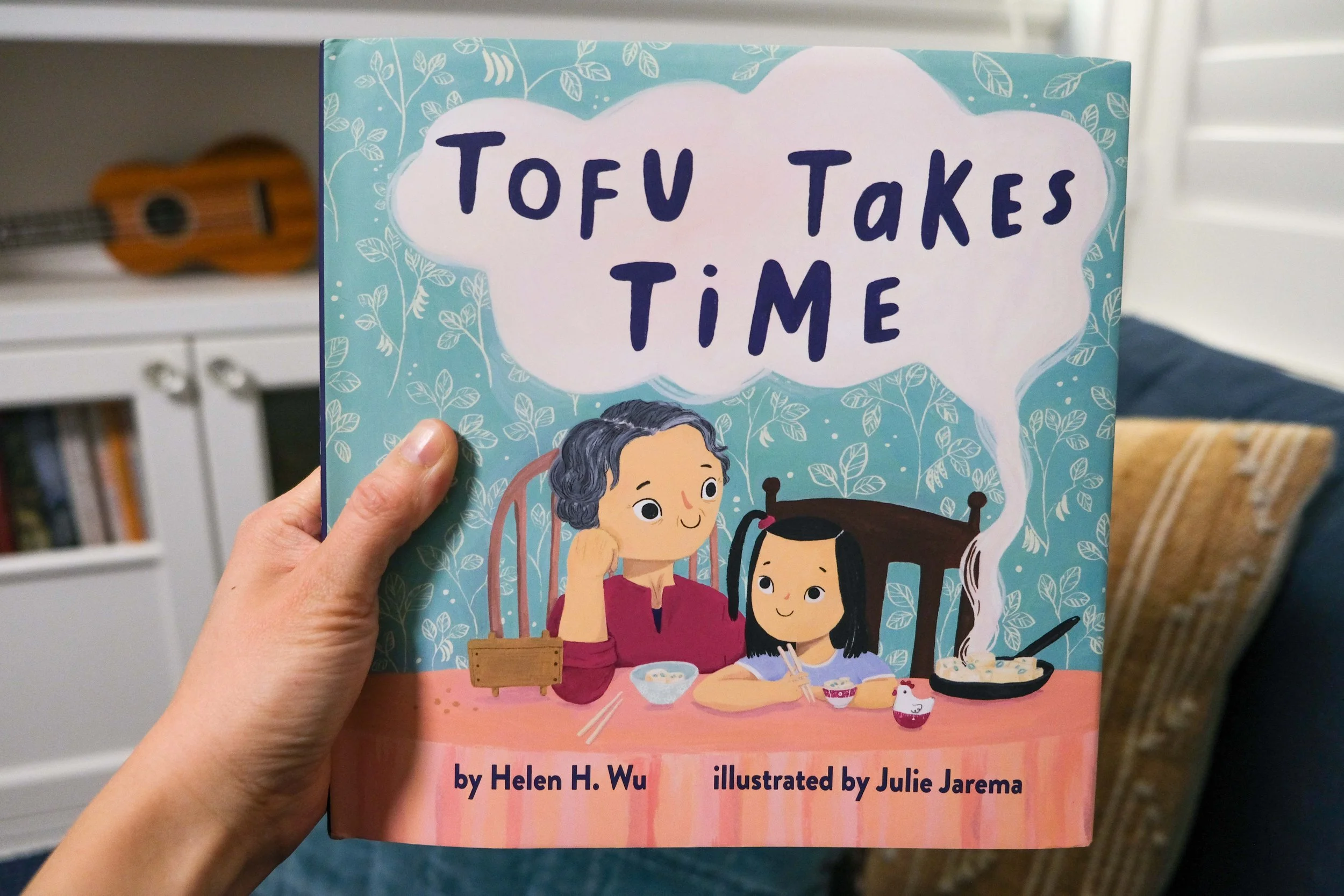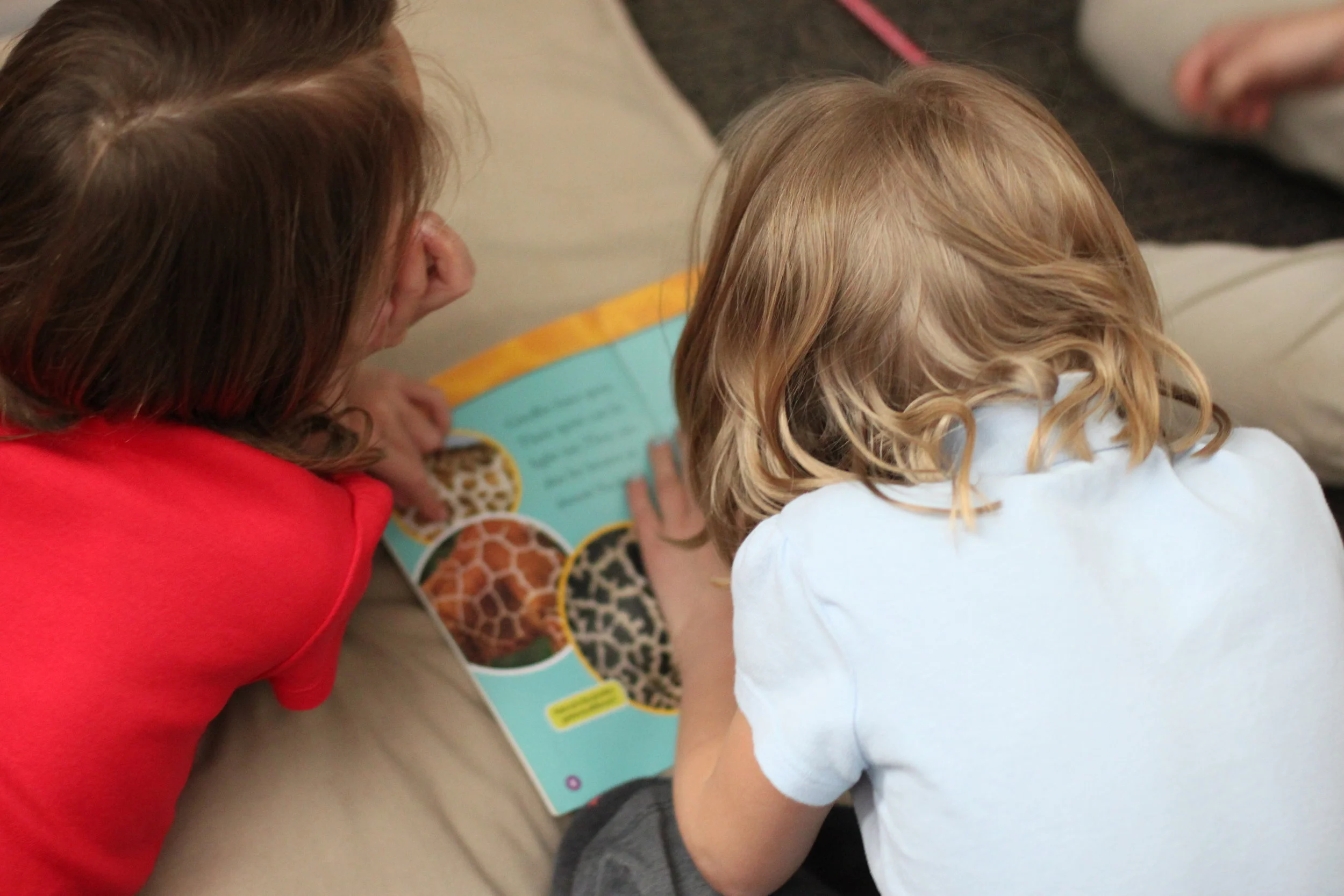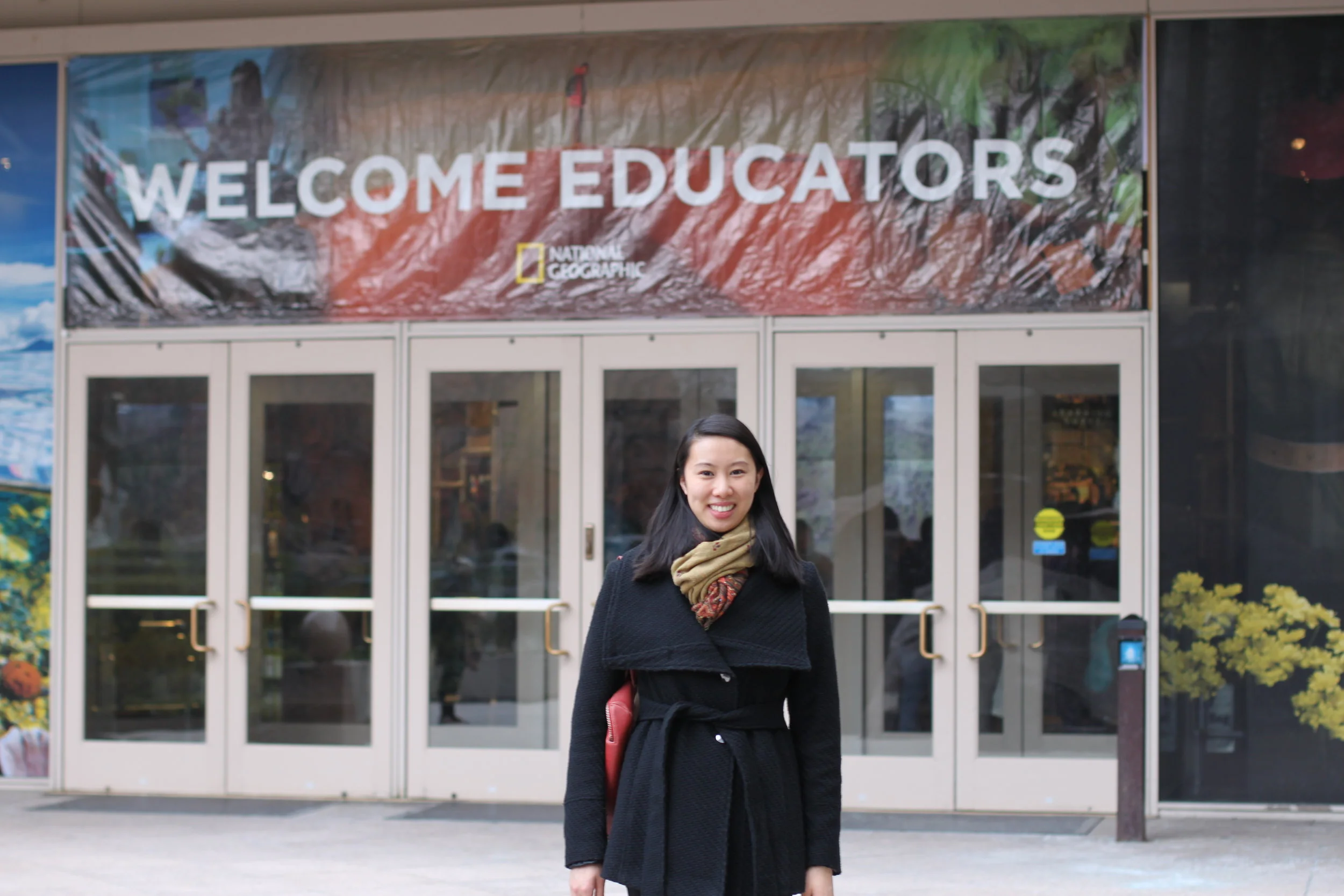A book guide for United Nations Sustainable Development Goal #1. This list of fiction texts for children ages 3-11 focuses on poverty, homelessness, and resource scarcity.
A book guide for United Nations Sustainable Development Goal #2. This list of fiction texts for children ages 3-11 focuses on food insecurity, nutrition, and sustainable agriculture.
A book guide for United Nations Sustainable Development Goal #3. This list of fiction texts for children ages 3-11 focuses on access to healthcare, medical professionals, and taking care of your body.
A book guide for United Nations Sustainable Development Goal #4. This list of fiction texts for children ages 3-11 focuses on access to schooling, the importance of learning, creativity, and literacy.
A book guide for United Nations Sustainable Development Goal #5. This list of fiction texts for children ages 3-11 focuses on expanding women’s rights and opportunities.
A book guide for United Nations Sustainable Development Goal #6. This list of fiction texts for children ages 3-11 focuses on access to water, good hygiene, and water safety and pollution.
A book guide for United Nations Sustainable Development Goal #7. This list of fiction texts for children ages 3-11 focuses on conservation of and access to electricity, wind power, and solar power.
A book guide for United Nations Sustainable Development Goal #8. This list of fiction texts for children ages 3-11 focuses on unemployment, social services, and improved living standards and pay.
A book guide for United Nations Sustainable Development Goal #9. This list of books for children ages 3-11 focuses on STEM careers, transportation, communications, and manufacturing.
A book guide for United Nations Sustainable Development Goal #10. This list of fiction texts for children ages 3-11 focuses on issues facing the LGBTQ+ community, people with disabilities, and ethnic minorities.
A book guide for United Nations Sustainable Development Goal #11. This list of fiction texts for children ages 3-11 focuses on housing, access to open space, and urban infrastructure.
A book guide for United Nations Sustainable Development Goal #12. This list of fiction texts for children ages 3-11 focuses on pollution, sustainable materials, recycling, reuse, and waste.
A book guide for United Nations Sustainable Development Goal #13. This list of fiction texts for children ages 3-11 focuses on the human impact on the natural world and efforts to combat climate change.
A book guide for United Nations Sustainable Development Goal #14. This list of fiction texts for children ages 3-11 focuses on marine ecosystems, biodiversity, and ocean conservation.
A book guide for United Nations Sustainable Development Goal #15: Life on Land. This list of fiction texts for children ages 3-11 focuses on biodiversity, endangered species, and environmental conservation.
A book guide for United Nations Sustainable Development Goal #16. This list of fiction texts for children ages 3-11 focuses on non-violence, inclusivity, and the impacts of war and prison.
Why I picked the books on my lists, where to find them, and how to make the most of your reading experience
Non-fiction narratives in particular can inspire children by highlighting the accomplishments of historically oppressed groups. As an Asian-American, I enjoyed the inspiring true underdog story We Sing From the Heart: How The Slants® Took Their Fight for Free Speech to the Supreme Court by Mia Wenjen, from Red Comet Press. It tells an empowering story of reappropriation through a punk rock First Amendment legal battle.
Read Your World is a non-profit that supports multicultural children’s literature. Parents and educators understand that multilingualism is an asset for young learners. This year, I was gifted the bilingual Mandarin-English book Ge Ge and Di Di's Big Day with Elephant by Karen Yee, from Green Cows Books. It is an excellent resource to introduce young children to Chinese language.
Multicultural Children’s Book Day raises awareness for representation in children’s literature. As a part of their annual celebration, this year I reviewed Tofu Takes Time. Its central message is patience and relishing time together, while exploring intergenerational customs and making food from scratch.
Students participated in an interdisciplinary citizen science experiment by planting two sets of tomato seeds: one that had traveled on the International Space Station and one that had stayed earthbound.
Create whole-body immersive experiences for your students by increasing the scale of your lesson and materials! Use National Geographic giant maps, sidewalk chalk, shower curtains, butcher paper, and more to create engaging, active learning experiences.
Bringing teaching outdoors increases student engagement, employs multiple learning modalities, and builds connections. In the spring of 2018, students wrote nature-inspired poems and practiced math in the fresh air.
Students can learn about a topic using videos, texts, online databases, and virtual “field” research. By rotating in groups, you can break away from whole group instruction and stretch a smaller number of resources.
And so begins my Grosvenor Teacher Fellowship! With two months left in the school year and five months left before my Galápagos voyage, I'm armed with new geographic tools to try in my classroom!
Create immersive virtual reality experiences within your classroom through three easy steps. This will connect students of all ages to the places you teach about in an engaging, personal way.










By sharing unsolved, unlikely, or controversial stories of our past, students can deepen their understanding of history and record-keeping. These memorable history mysteries invite them to contribute to our collective body of knowledge.